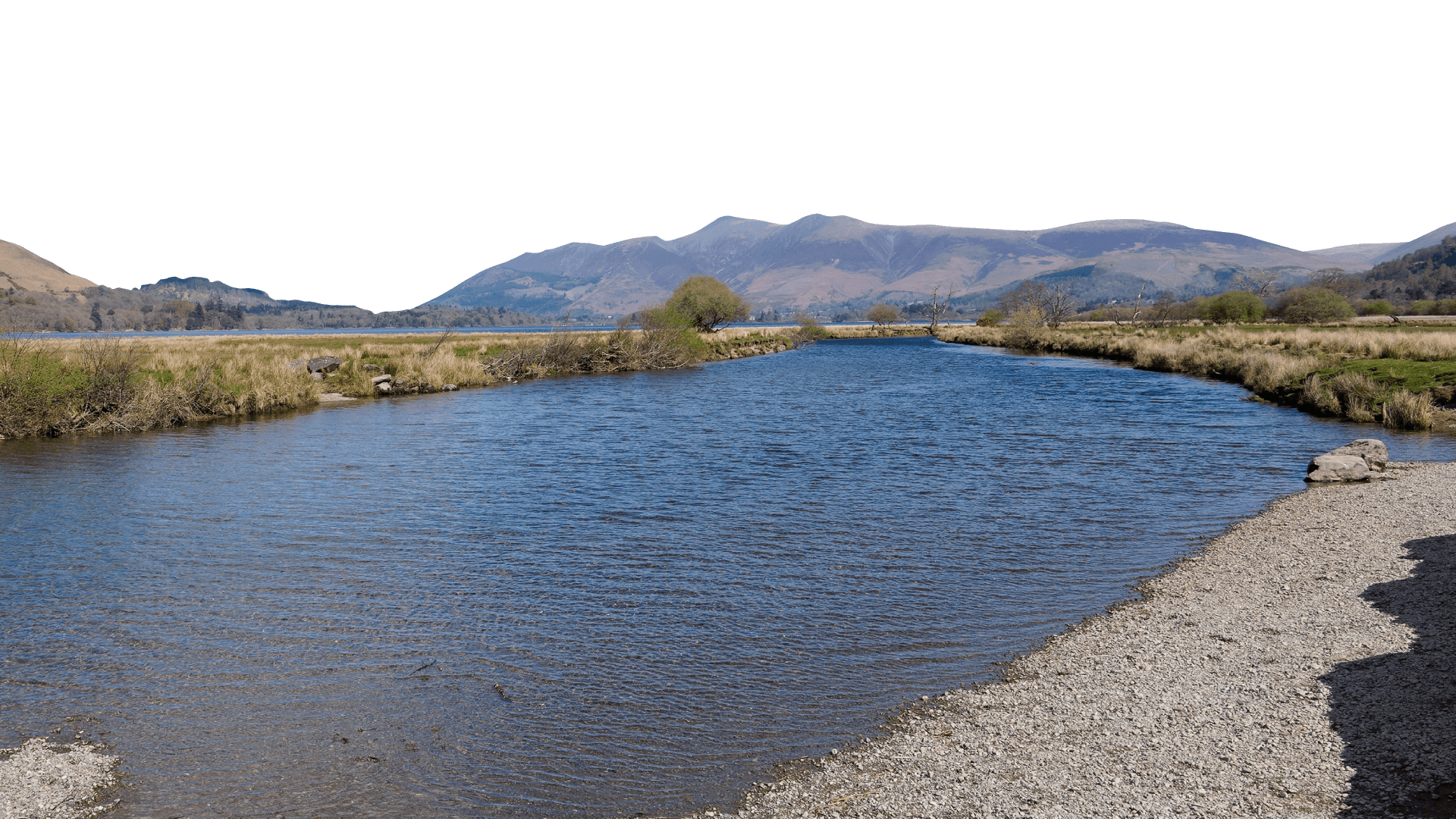
Water Voles
Water voles (Arvicola amphibius) are the largest species of vole to be found in Britain and are very often mistaken for brown rats. They grow to anything from 150-300g in weight and 14-22cm in length with a 10-14cm tale.
They have glossy brown or black fur, a blunt nose and small, black eyes. Their ears are round and easy to miss being located on the side of their head, often flat to their fur. They are mostly active during the day and mostly feed on grasses, reeds and sedges in the summer and roots, bulbs and bark in the autumn and winter.
Water voles live along watercourses in colonies. They are active during the day but spend a lot of their time in their burrows. Whilst males have a larger territory, females fiercely defend their smaller territories and mark them with ‘latrines’ of flattened cigar-shaped droppings piled high with fresh ones on top.
Did you know?
Water voles were once to be found in nearly every waterway but are now thought to have been lost in up to 90% of these sites, this is one of the most serious declines of any wild mammal in Britain during recent history. Threats include habitat loss and pollution, but the most rapid period of decline has coincided with the spread of American mink.
Water voles are protected in the UK under the Wildlife and Countryside Act, 1981. Priority Species under the UK Post-2010 Biodiversity Framework and listed as endangered on both the Great Britain and the England Red List for Mammals.
The water vole is ‘Ratty’ in The Wind in the Willows. In the past they have been called ‘water rats’ but there is no such thing – there are brown and black rats and water voles.

